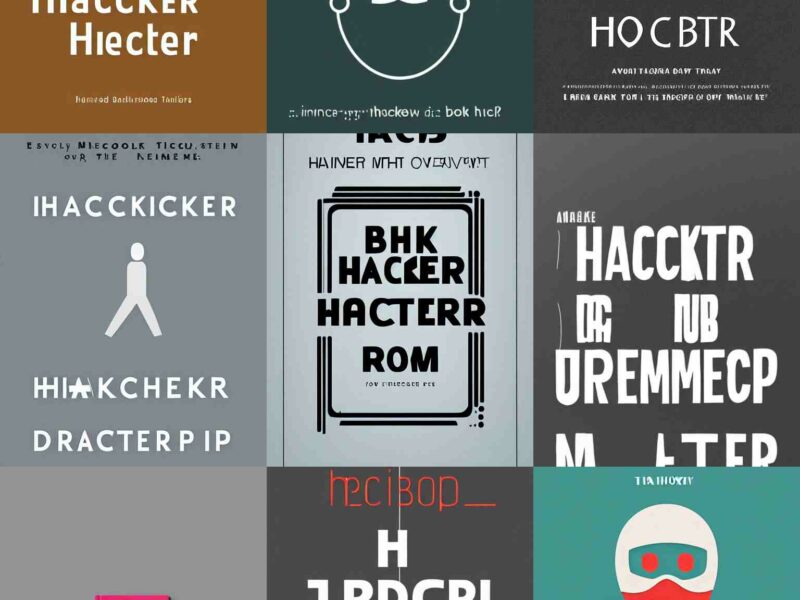The development of captchas dates back to 1997, when Carnegie Mellon University computer science student Luis von Ahn developed the first Captcha. The purpose of this development was to protect websites from spam and other online nuisances. This is how captchas were born, which are an acronym for “Completely Automated Public Turing test to tell Computers and Humans Apart”.
A captcha is a type of test that uses images or words to verify that the person who wants to register on a website is a human and not a robot. If you’ve ever tried to sign up for an account on a website and were asked to enter a string of letters and numbers in a box with some sort of graphic overlay, then you’ve encountered a captcha.
In these cases, sometimes they are audio captchas, but they all work the same way: by presenting a bit of information and asking users to verify that they are human by typing it into a box. This mechanism has proved so effective at preventing automated attacks that it has been adopted by companies across industries and sectors.
Captcha solver technologies have advanced over time thanks to innovative processes that improve accuracy rates. Captcha solver APIs have become very popular and are used by websites and applications to decipher captchas. A Captcha Solver API can also be used in your projects as many software platforms do not support the use of captcha codes. As you can see, this technology can be used for a wide range of tasks and is constantly being improved.
But what about audio captcha?
An audio captcha is a type of captcha that uses speech recognition technology to verify that the person completing the form is human rather than an automated bot or machine. The user speaks into their microphone, and their speech is analyzed via text-to-speech (TTS). Some audio captchas are easy while others are more difficult!
The idea behind having an audio captcha is to prevent automated bots from entering forms or registration sites because they are unable to recognize audio signals or play sounds with their programs. It’s not uncommon for registration sites or sites offering sensitive information to include an audio
This API will retrieve the data from an audio captcha and retrieve it as text.
To make use of it, you must first:
1- Go to Audio Captcha Solver API and simply click on the button “Subscribe for free” to start using the API.
2- After signing up in Zyla API Hub, you’ll be given your personal API key. Using this one-of-a-kind combination of numbers and letters, you’ll be able to use, connect, and manage APIs!
3- Employ the different API endpoints depending on what you are looking for.
4- Once you meet your needed endpoint, make the API call by pressing the button “run” and see the results on your screen.



